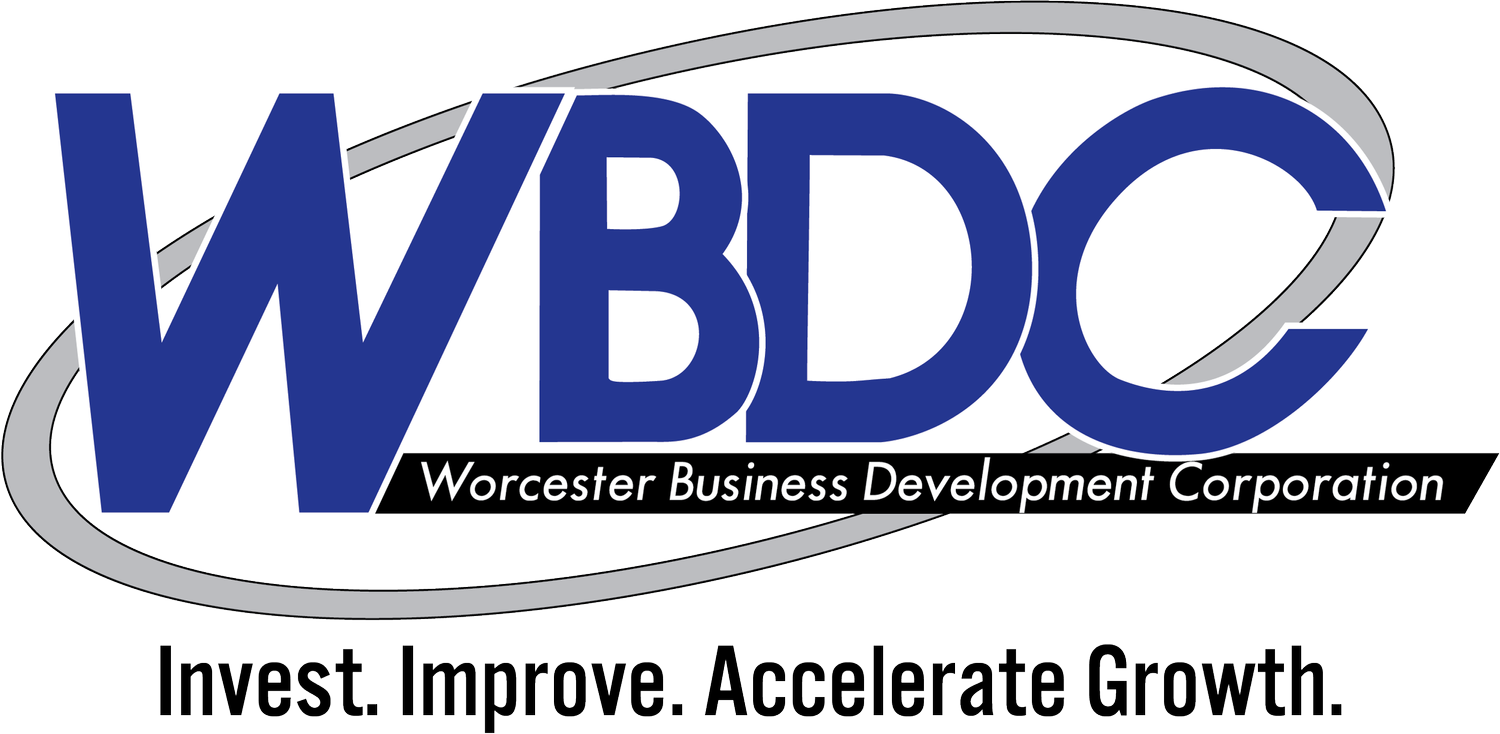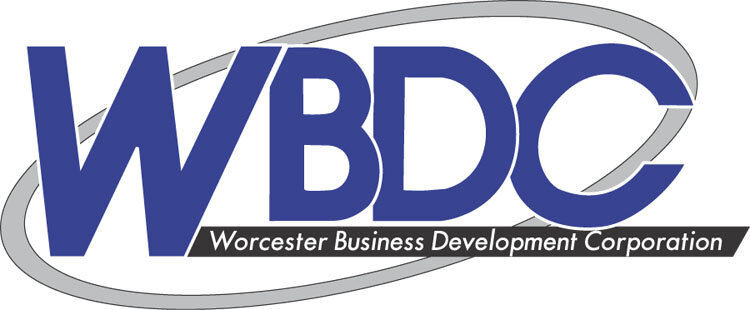Lunch & Learn Panel Examines Worcester Development, Optimism
Paula J. Owen, Worcester Telegram & Gazette
WORCESTER – As the second largest city in New England, Worcester needs to start acting the part, according to city officials attending a “Lunch & Learn” panel discussion hosted by the Telegram & Gazette Wednesday in the Hogan Campus Center at the College of the Holy Cross.
Panelists were City Manager Edward M. Augustus Jr.; Timothy P. Murray, president and CEO of the Worcester Chamber of Commerce; Stephanie L. Ramey, executive director of Discover Central Massachusetts, and Craig Blais, president and CEO of the Worcester Business Development Corporation.
They reflected a tone of optimism over the city’s rebirth in their responses to questions on topics including more than $360 million in downtown development, how the proposed Polar Park minor league baseball stadium came about, CitySquare projects, the housing market, the booming restaurant industry, changes in perceptions of the city and transportation.
“That has been my mantra – we’re the second largest city in New England and we have to start acting like it,” Mr. Augustus said. “If we do that, it is contagious.”
He said investors and others are attracted to optimism and a sense of momentum.
“That is what we have … it is up to us to keep it going,” he said. “We’re on a trajectory.”
The other panelists agreed.
Ms. Ramey said growing up in Worcester, she saw less dramatic changes in the city over the years.
“Now we’re really over the hump and we are going to make it this time – it is going to happen,” she said. “There is a great entrepreneurial spirit and beautiful movement of neighborhoods playing out. It is a place people are excited to visit, work, live, invest and host conferences. I see really good things happening for the future of this city.”
“It is a real transformation attitudinally where we are as a city,” Mr. Murray said. ”(In the past) the negative naysayers dominated the discourse and played to the lowest denominator on so many fronts. We can do more than one big project at a time now. Optimism is real. Every neighborhood can participate in this renaissance.”
Mr. Blais said as the city grows, it must also focus on increasing job opportunities and making it more affordable for young people to live in Worcester, and attract more investors with “pad-ready” sites for development, while also engaging the colleges and universities.
“When they get involved with things, exciting, big things happen in the city,” Mr. Blais said.
The third annual “Lunch & Learn” event focused on the newspaper’s Remaking Worcester series, which looks at different aspects of Worcester’s ongoing renaissance and the interesting developments going on, said T&G Publisher Paul Provost, who called the series award-winning journalism.
Next Thursday, the Remaking Worcester series will receive a Publick Occurrences Award from the New England Newspaper and Press Association during its fall conference at the Crowne Plaza in Natick.
That announcement was made by acting Executive Editor David Nordman before Wednesday’s panel discussion. Publick Occurrences awards recognize the best work New England newspapers produce each year.
The newspaper’s journalists, editors, photographers and others who worked on the project “don’t look for praise for the stories written and photos taken,” Mr. Nordman said. Mark Conti, assistant editor/local news and business editor, who has worked at the Telegram for 25 years, came up with the idea for the series and managed the project, which was launched last October.
Such projects take time, resources and a lot of coordination, Mr. Nordman said, with some stories taking months to put together.
Mr. Conti opened his remarks by thanking all of the reporters and photographers who worked on the series.
“Development has exploded in downtown Worcester,” he said. “Hundreds of millions of dollars have been pouring into the city. The long-stalled City Square project reopened Front Street and unleashed economic development – and the Telegram & Gazette has had a front-row seat.”
The Remaking Worcester series, he said, was a way to step back and take a look at the big picture of how all the projects were transforming the city.
“We envisioned comprehensive stories, interesting sidebars and current data and statistics,” he said. “We tried to keep an open mind. We did not want to be cheerleaders or deniers.”
The series looked at various aspects of the revitalization, he said, including who was investing in Worcester, how much of the investment is private money and how many tax breaks were given, and who the power players are.
“As we have reported throughout the Remaking Worcester series, there is a lot of momentum in the city’s transformation,” Mr. Conti said. “Downtown Worcester is adding restaurants, pubs, hotels, employers, workers, residents, and, yes, people.
“A walkable neighborhood is developing in the heart of the city. We’ll have to see if the renaissance spreads to other neighborhoods, but if a great city demands a great downtown, then there is reason for optimism.”

